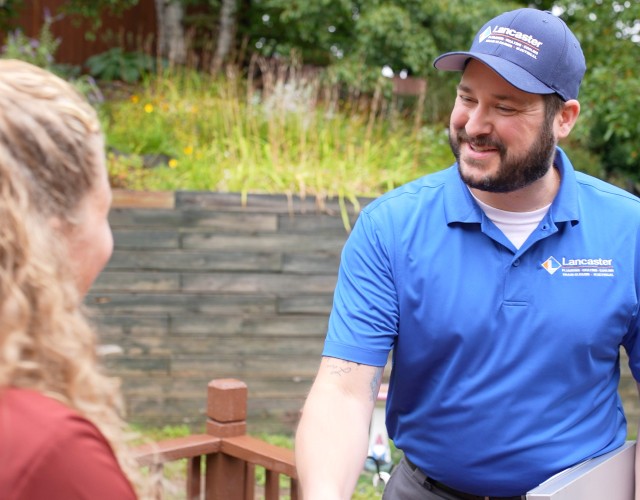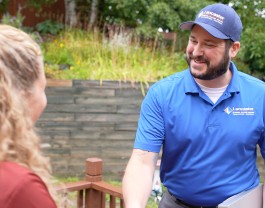Contact Us
Contact Us



Why Choose Lancaster Plumbing, Heating, Cooling & Electrical
Serving Lancaster County with Top-Rated Home Solutions Since 1904
When you need a reliable partner for all your home services in the Lancaster area, trust Lancaster Plumbing, Heating, Cooling & Electrical. From our location in East Petersburg, we can provide fast, professional HVAC, plumbing, and electrical services anywhere in Lancaster County and the surrounding communities. We have some of the best technicians in the business. Our company features:
- Industry-leading quality assurance
- Trained, experienced personnel
- Background-checked, drug-tested technicians
- Convenient scheduling
- A 100% satisfaction guarantee
- An A+ rating from the BBB
When you need the ultimate in-home comfort, choose Lancaster Plumbing, Heating, Cooling & Electrical. Call us today at (717) 207-8198 or contact us online to schedule service in Lancaster or South Central Pennsylvania.
